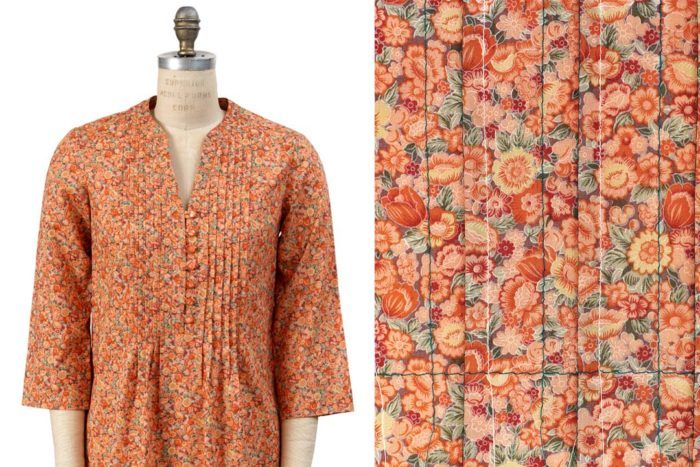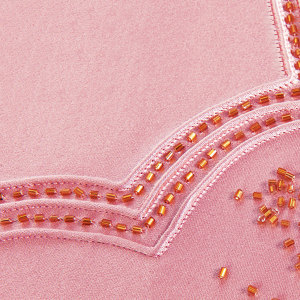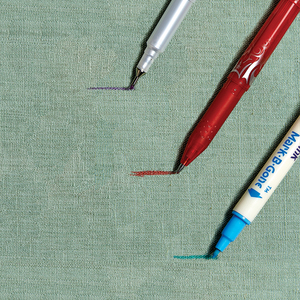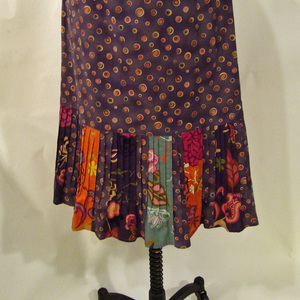A Trick for Tuck-Marking
Stabilize and mark lines with fusible paper
Marking tucks calls for extreme accuracy: The foldlines must be parallel, on-grain, and perfectly straight—and, often, close together. Many fabrics that lend themselves to tuck details are delicate, sheer, and may be unstable. Therefore, marking tuck foldlines can be more of a challenge than sewing the tucks.
Traditional marking methods have drawbacks. Chalk and markers may not disappear completely after the tucks are sewn. Tracing wheels and carbon paper can leave marks that are difficult to remove, and the wheels may damage delicate fabrics. Basting is safe and effective on most fabrics, but it can be difficult to hand-sew a perfectly straight line on shifty textiles, and it’s time-consuming to do.
Because I love to sew garments with special details, I have developed a better way to establish tuck foldlines. Fusible paper stabilizes the fabric, and then guides my stitching as I machine-baste along the foldlines. It is easy to remove afterward. Follow the steps below to learn my method.

1. Cut fusible strips. Use Totally Stable, an iron-on tear-away stabilizer by Sulky. For 1-inch spacing between tuck foldlines, cut the strips just a hair narrower than an inch. Cut the strips wider or narrower if the tuck spacing is different, making them a sliver narrower than the tuck spacing. Use a rotary cutter and ruler, and offset the ruler to shave a bit off the strips’ width.
2. Fuse the strips to the fabric. On the fabric’s right side, place a strip along the first tuck foldline, and press it in place. Lay another strip beside it, abutting the edges closely. Fuse, then repeat across the work for the desired number of tucks.
3. Baste the tuck foldlines. Thread the sewing machine with contrasting thread for visibility, and set the stitch for a long straight stitch. Sew along…
Start your 14-day FREE trial to access this story.
Start your FREE trial today and get instant access to this article plus access to all Threads Insider content.
Start Your Free TrialAlready an Insider? Log in

































Log in or become a member to post a comment.
Sign up Log in